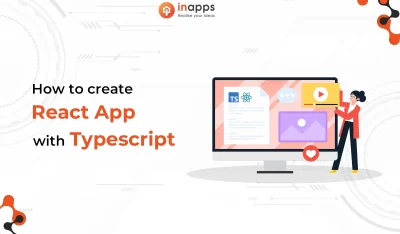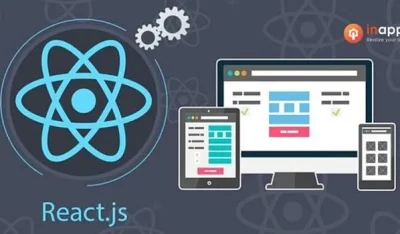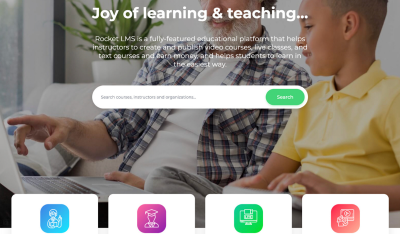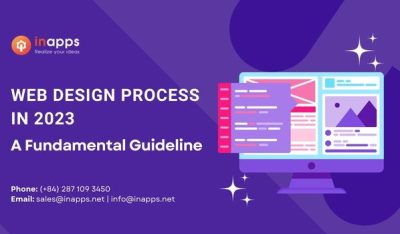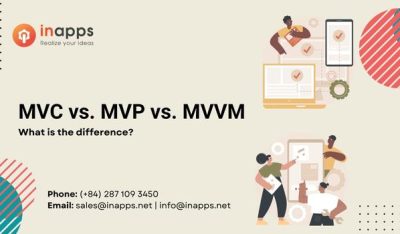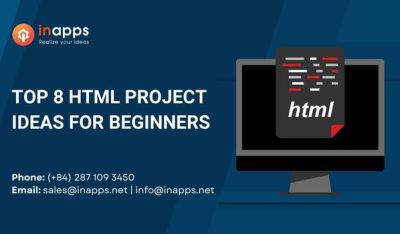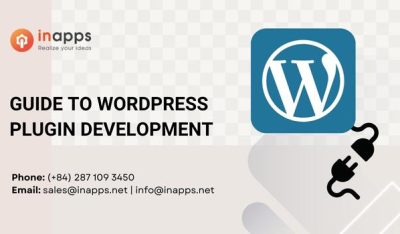- Home
- >
- Web Design & Development
- >
- Top frequently asked questions and answers about CSS
CSS, short form for Cascading Style Sheets is a style sheet language used for describing the layout of a document written in a markup language like HTML. It is one of the three technologies used to design the Web pages- the other two being HTML and Javascript.
CSS is designed to enable the separation of presentation and content including layout, colors, and fonts. This separation can improve content accessibility, provide more flexibility and control in the specification of presentation characteristics, enable multiple web pages to share formatting by specifying the relevant CSS in a separate .css file and reduce the complexity and repetition in the structural content.
It has a simple syntax and uses a number of English keywords to specify the names of various style properties.
Now that we have discussed the basics of CSS, let us observe the important Interview Questions based on CSS.

Q1 – What is CSS?
Ans- CSS (Cascading Style Sheets) is a styling language that is simple enough for HTML elements. It is extremely popular in web designing and its application is common in XHTML also.
Q2 – Why was CSS developed?
Ans- CSS was developed in 1997 as a way for web developers to design the layout of the web page that they were creating. It was intended to allow the developers to separate the content and structure of a website’s code from the visual design.
This separation of structure and design allows HTML to perform more functions than it was originally based on.
Q3 – What are the major versions of CSS?
Ans- The different versions of CSS are mentioned below:
- CSS1
- CSS2
- CSS2.1
- CSS3
Q4 – What are the components of a CSS style?
Ans- A style rule is made of three parts –
- Selector – A Selector is an HTML tag that is used to select the content you want to style. It selects the HTML elements according to its ID, class, and name.
- Property – A Property is a type of attribute of an HTML tag. To put in a few words, all the HTML attributes are converted into CSS properties.
- Value – A Value in CSS defines the set of valid values for a CSS property.
Q5 – In how many ways can a CSS be integrated as a web page?
Ans- CSS can be integrated into three ways:
- Inline: This term is used when the CSS code has the attribute of HTML elements
<p style=”colour:skyblue;”>hello world</p>- External: Separate CSS file is created in the workspace and later linking them in every web page that is created
<head>
<link rel=”text/css”href=”your_CSS_file_location”/>
</head>- Internal: The head element of the web page has internal CSS implemented in it.
<head>
<style>
P{
color : lime;
background-color:black;
}
</style>
</head>Q6 – Who maintains the CSS specifications?
Ans- World Wide Web Consortium maintains the CSS specifications.
Q7 – What is meant by Pseudo-elements?
Ans- Pseudo-elements are keywords added to the selector that allows one style, a specific part of the selected element. CSS is used to apply the styles in HTML mark-up. It allows for the extra mark-up to the document without disturbing the actual document. It can be used for:
- To style the first letter, line or element.
- To insert a content
Syntax
Selector: :pseudo-element
{Property1 :value;
Property2 :value;}Q8 – What are the advantages of CSS?
Ans- Advantages of CSS are:
- Consistency – CSS helps in constructing a consistent framework that the designers can use to build other sites. Due to this, the efficiency of the web designer increases as well.
- Ease of Use – CSS is very easy to learn and simplifies website development. All the codes are placed on one page, meaning that the improvement or editing of the lines wouldn’t involve going through several pages.
- Website speed – Usually, the code used for a site can go up to 2 pages or more. But with CSS, that is not the issue. It requires only 2-3 lines of code and hence, the website database remains uncluttered, removing any website loading issues.
- Device Compatibility – CSS changes are device friendly. Since people use different types of smart devices to access the internet, there is a need or responsive web design. CSS serves the purpose here by making the web pages more responsive so that they end up showing in the same way in all the devices.
- Multiple Browser Support – CSS enjoys the support of multiple browsers. It is compatible with all the major internet browsers.
- Re-Position – CSS lets you define changes in the position of web elements present on a page. With its implementation, developers can position HTML elements at the place they like in order to align with the aesthetic appeal of the page or other considerations.
Q9 – What is meant by Tweening?
Ans- Tweening is the process in which we create intermediate frames between two images to get the appearance of the first image which develops into the second image. It is mainly used for creating animation.
Q10 – What is CSS specificity?
Ans- CSS specificity is a score or rank that decides which style declaration has to be used to an element. There are four categories in CSS that authorize the specificity level of the selector:
- Inline style
- IDs
- Classes, attributes, and pseudo-classes.
- Elements and pseudo-elements.
Q11 – How can we add icons to the web page?
Ans- We can add icons to the HTML webpage by using an icon library. We have to add the name of the given icon class to any inline HTML element(<i> or <span>). Icons in the icon libraries are scalable vectors that can be customized with CSS.
Q12 – What are the disadvantages of CSS?
Ans- DIsadvantages of CSS are:
- Too many versions – When compared with other parameters like HTML or Javascript, CSS has a lot of versions-
CSS1, CSS2, CSS2.1, CSS3. Because of this, CSS becomes very confusing to use, especially for beginners. - Lack of security – Since CSS is an open-text based system, it doesn’t have the built-in security system that will prevent it from being overridden. With access to its read/write operations, anyone can alter the CSS file and change the links.
- Fragmentation – With CSS, there is a possibility that what works with one browser doesn’t work with another browser. Due to this, the web developers have to test the compatibility by running the program across multiple browsers before a website is set live.
- Complications – CSS can get complicated with the use of third-party software like Microsoft FrontPage.
Q13 – What is RWD?
Ans- RWD (Responsive Web Design) technique is used to display the designed page perfectly on every screen size and a device like mobile, tablet, desktop and laptop. You aren’t required to create a different page for each device.
Q14 – What are the benefits of CSS sprites?
Ans- Benefits of CSS sprites are–
- Reduces the loading time for a web page by combining various small images into one image.
- Reduces the HTTP requests, thereby reducing the loading time.
Q15 – What is a contextual selector?
Ans- Selector used to select special occurrences of an element is called a contextual selector. Space separates the individual selectors. Only the last element of the pattern is addressed in this kind of selector.
Q16 – What is Progressive Enhancement?
Ans- It is an alternative to graceful degradation, which concentrates on the matter of the web. The functionality is the same, but it provides an extra edge to users having the latest bandwidth. It has been into prominent use recently with mobile internet connections expanding their base.
Q17 – How can we add icons to the web page?
Ans- We can add icons to the HTML webpage by using an icon library like font-awesome. We have to add the name of the given icon class to any inline HTML element. (<i> or <span>) . Icons in the icon libraries are scalable vectors that can be customized with CSS.
Q18 – Which property specifies the width of a border?
Ans- The border-width specifies the width of a border.
Q19 – Differentiate between Physical and Logical tags?
Ans- Logical tags are old version whereas physical tags are new versions. Logical tags are not good in appearance whereas physical tags are known as professional –mark up.
Q20 – How do you define a pseudo-class in CSS? What are they used for?
Ans- Pseudo-classes are used to style content dynamically. pseudo-class is a keyword added with a selector to specify the special state of an element.
Q21 – What is the difference between CSS and SCSS?
Ans- Difference between CSS and SCSS are mentioned below:
- CSS is a styling language that is used to design web pages whereas SCSS is used to assemble CSS style sheets for a browser.
- SCSS offers variables using which you can shorten your code which is a big advantage over CSS.
Q22 – What are the merits and demerits of Embedded Style Sheets?
Ans- Merits of Embedded Style Sheets
- Multiple tag types can be created in a single document.
- Styles, in complex situations, can be applied by using Selector and Grouping methods.
- Extra download is unnecessary.
Demerits of Embedded Style Sheets
Multiple documents cannot be controlled.
Q23 – Enlist the various Media types used.
Ans- Different media have different properties as they are case insensitive. They are:
- Aural – For sound synthesizers and touch.
- Print – Gives a preview of the content when printed.
- Projection – Projects the CSS on projectors.
- Handheld – Uses handheld devices.
- Screen – Computers and laptop screens.
Q24 – What are the various font’s attributes?
Ans- The attributes are:
- Font-style
- Font-variant
- Font-weight
- Font-size/line-weight
- Font-family
Q25 – What is meant by ‘rule set’?
Ans- It is an instruction that tells a browser how to render a specific element on the HTML page. It consists of a selector with a declaration block that follows Rule set. Selectors can be attached to other selectors to be identified by the rule set.
Q26 – What are CSS Frameworks?
Ans- A CSS Framework is a library allowing for easier, more standards-compliant web design using the CSS language. Most of these frameworks contain at least a grid along with more features and additional Javascript-based functions. Some of the notable CSS Frameworks are: ACSS, Bulma, YAML, Foundation, etc.
Q27 – How can we lighten the font-weight in CSS?
Ans- The font-weight can be lightened by using a property named “font-weight”.
Source: InApps.net
Let’s create the next big thing together!
Coming together is a beginning. Keeping together is progress. Working together is success.







